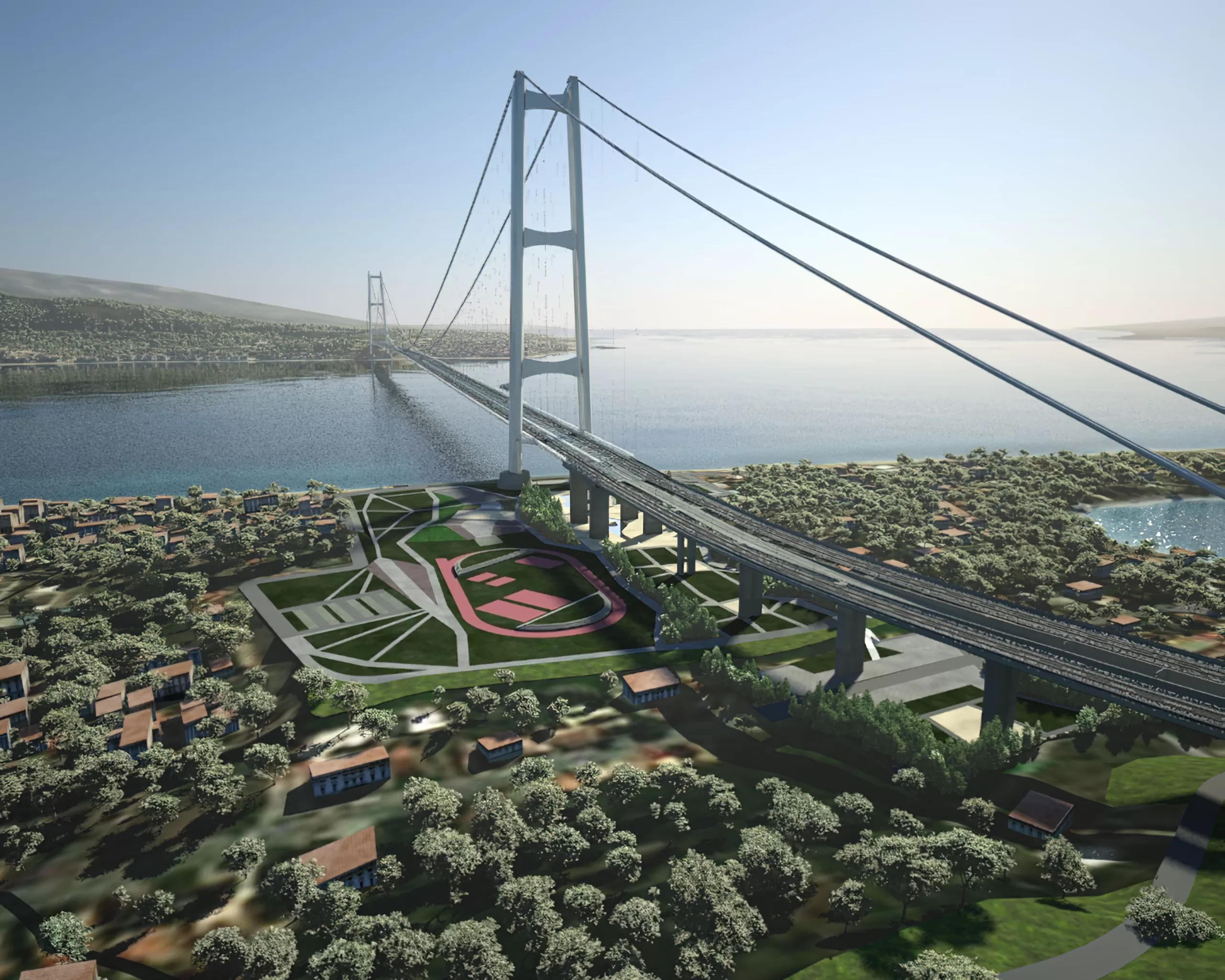Italy is preparing to undertake the construction of the world’s longest suspension bridge, the Strait of Messina Bridge. The megastructure will connect Sicily to the Italian mainland, stretching a whopping 3,300 meters across the strait. The new government, under the leadership of Prime Minister Giorgia Meloni, has restarted efforts to make the long-dreamed-of dream a reality. Her Infrastructure Minister, Matteo Salvini, is driving the renewed push, with a vision to begin construction within the year. The promise of increased mobility and economic revitalization is tempting, yet the location does pose some obstacles that may prove insurmountable. The Strait of Messina sits above a seismically active zone, bringing into question the safety and longevity of the endeavor. Nevertheless, political and business leaders are forging ahead undeterred, seeing this bridge as not only an engineering marvel but a cause of national pride and regional development.
Significance of the Strait of Messina Bridge Once Completed
The Strait of Messina Bridge is expected to facilitate transport of cars and trains. Furthermore, it would connect Villa San Giovanni on mainland Italy and Torre Faro town in Sicily. The dual-carrier bridge will also cater for commercial, cargo, as well as passenger needs. Once completed, it would surpass Turkey’s Canakkale Bridge to be known as the longest suspensions bridge in the world. However, its geographical location presents arduous engineering challenges. Sicily and the region are prone to heavy seismic activity, which would impede construction and disrupt long-term structural stability. Despite these problems, the suspension bridge configuration is perfectly adapted to the tectonic instability of the region. Princeton University professor of structural engineering Guy Nordenson pointed out the flexibility of such bridges, saying that their flexibility allows them to more readily accommodate ground movement and tower displacement than conventional buildings.

Contractors Involved in the Project
Leading the construction works is Italian company Webuild. CEO Pietro Salini has been resolute in his confidence in the viability and significance of the project. Three kilometers of the bridge will be suspended over the strait—a section he described lyrically as “a magical place” full of history, Salini said. He also framed the project as a national declaration of technological aspiration. Making a comparison with Japan’s Akashi Kaikyo Bridge, which also spans a seismically active zone, Nordenson reaffirmed that with the right design, the bridge can overcome the region’s geophysical hazards. Analogies with successful precursors enhance the technical case of the project, even as they highlight the complexity involved.
Also read:
Messina Strait bridge world’s longest suspension bridge in Italy
Financing of the Project
Estimates for the cost of the bridge currently sit at €13.5 billion, or roughly $15.3 billion. While the European Union is contributing €25 million, this is only financing a portion of the design process. As a result, the vast majority of the cost burden falls to Italy. The hefty price tag highlights the project’s enormous scale and technical challenge but also raises questions about the feasibility of long-term funding. Project success depends on a delicate balance of public funding, private industrial commitment, and political stability. As with most megaprojects, there is a risk of cost overruns, especially given the geological challenges and Italy’s famously sluggish bureaucracy.
Implementation Timeline for the Strait of Messina Bridge
The implementation timeline for the Strait of Messina Bridge remains unknown. According to Webuild, construction might start as soon as this year’s end. Moreover, they hope to finish the bridge by 2032. However, Nordenson warned against optimism mentioning that big infrastructure projects in Italy tend to have major delays. He mentioned the MOSE barrier in Venice, a government-priority project, took decades to finish because of bureaucratic obstacles. Other factors such as wavering political will also played a role. The bridge’s success, he argued, would not hinge solely on sound engineering but on openness, efficient scheduling, and a deep regard for the work and craft that goes into it. Added to these is round-the-clock monitoring that will finally determine whether Italy’s lofty vision can be translated into an actual reality.
Also read:
Three design concepts for two new rail bridges over Fort Lauderdale’s New River
Plans for construction of Strait of Messina Bridge in Italy revived

